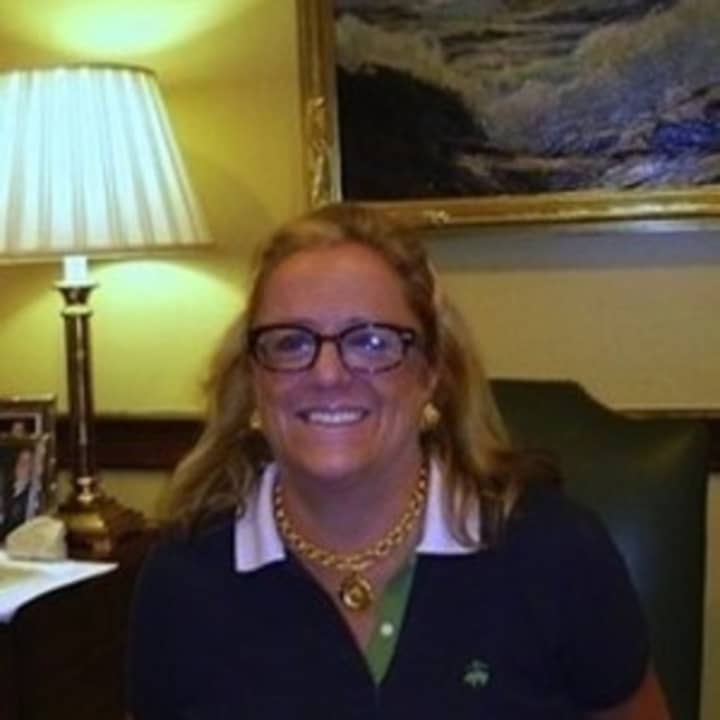On February 14, the New York Conference of Mayors and Municipal Officials sent municipalities a doomsday missive entitled, "Another Valentine’s Day Massacre for Property Taxpayers," "Local Governments Mandated to Pay a $385 Million Increase in Pension Bills."
To translate, the property taxpayers pension contribution in every New York municipality will now be 25.8 percent of payroll for police and firefighters, an increase of 19 percent compared to the 2012 rates and a 71 percent increase in just three years.
For non-uniformed employees, 18.9 percent of payroll must be dedicated to pensions reflecting a 16 percent increase over the 2012 rates and a whopping 155 percent increase from 2010 rates. The above increases equate to budget increases for every community well above the 2 percent tax cap.
As these numbers increase, local revenues in the form of sales and mortgage tax and interest income are flat or declining.
That poses the question, where is any/every community going to find the funds to cover yet another unsustainable increase?
Facing this new mandate in an atmosphere of already heavily burdened property taxpayers, many communities are looking to bring tax-exempt organizations into the mix. The question as to who should pay for services rendered and how much has become the issue du jour at government conferences and symposiums.
In his State of the City address, the Mayor of Providence announced that, “Every city worker, every business, every taxpayer and every organization – including tax-exempt institutions – must share part of the burden of saving our city.”
Private colleges, hospitals, churches and most charities are exempt from paying taxes in all 50 states. It is estimated that the foregone revenue from this exemption totals $32 billion annually. In our village, 20 percent of the Village property values are tax exempt.
Some communities, like my home town of Albany, NY, are passing ordinances formally asking their non-profits to contribute to city services. These agreements or Payments In Lieu of Taxes (PILOT) have been used in a very ad hoc manner in eight states since 2000 by 117 municipalities.
As example, in Boston under a PILOT, Harvard contributes $2 million annually and Boston College $300,000. Princeton University voluntarily pays $1.2 million to the Borough of Princeton and $500,000 to their township. However, when the University met resistance from the local zoning board when seeking variances for their proposed new art center, school officials publicly discussed rethinking their payment levels.
Some communities use square footage to determine payment while others, like Baltimore, base contribution on an organization’s annual operating income. Still others just depend on the institution’s level of generosity. Even proponents of these PILOTS concede that they need to be much more transparent, equitable and predictable.
Other communities tap their tax-exempts through the “user fee” approach. They carve municipalities into “benefit districts” and proportionately charge all entities for the services rendered. One of the most common is sanitation districts.
The underlying premise is the fairness doctrine i.e., the tax-exempt properties directly benefit from such municipal services as lighting, road maintenance, refuse collection, public trees, water and waste pipe maintenance, snow plowing, street cleaning and drainage improvements and should not rely on property taxpayers to shoulder 100 percent of the attendant costs.
Unfortunately, the effort to get tax-exempt institutions to contribute more comes at a time when they too are feeling the economic pinch as their endowments and donations shrink while the demand for their outreach services escalates.
Historically, tax exemption was an acknowledgement of an organization’s performing services that would otherwise be shouldered by the local government and the belief that the viability of these services would be threatened if the entity was subject to taxation.
In the case of churches, tax exemption was a time honored safeguard to preserve separation of church and state, thus preventing governments from using taxation to favor one religion over another.
The debate on this topic is passionate. Some citizens believe the “user fee” structure is the ultimate in fairness while others believe the aforementioned taxation methods violate the time honored social compact between government and non-profits that is unique to our country.
I would argue that this issue particularly begs for collaborative community conversation. Without it, I see ill will and lawsuits supplanting increased revenue.
Regardless of where one comes out on this issue, New York communities need to collectively fund $385 million more in obligations this year with no one to shoulder the burden but the local property taxpayer.
Click here to follow Daily Voice Bronxville and receive free news updates.


